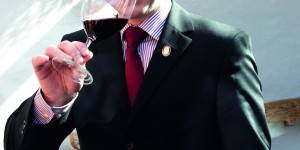
“Agrapart Les 7 Crus Champagne: a perfect crisp, clean champagne with extremely long aftertaste, crisp fruit character and a very elegant mousseux. It offers great value for money.” Master Sommelier Alexander Koblinger Read More >

“Agrapart Les 7 Crus Champagne: a perfect crisp, clean champagne with extremely long aftertaste, crisp fruit character and a very elegant mousseux. It offers great value for money.” Master Sommelier Alexander Koblinger Read More >
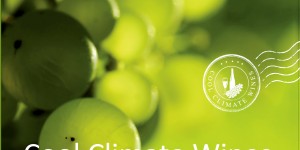
I always approach the Wandering Palate ‘Wine Book of the Year’ with trepidation, partly because wine books can be rather droll for the average reader or even wine consumer, notwithstanding research style works are indeed useful. Read More >
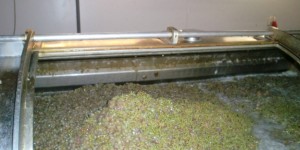
Day 19: 14/10/2011 The Finale for Moi
Shalom recounts the last day of his vintage experience at Undhof Salmon. He is now heading for Burgundy and will continue his blog as he travels the region, which I am sure will make for continued interesting reading…
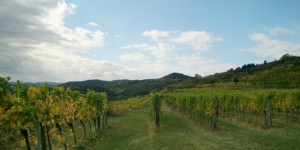
Day 18: 13/10/2011 – A beautiful day to pick
Today was a great day. The weather was perfect and everything was calm. Ferments were well on their way. The winemaking team decided to lend a hand to the harvesting team. It was getting stuffy in the winery with all the CO2 gas being produced from the ferment and we need some fresh air.
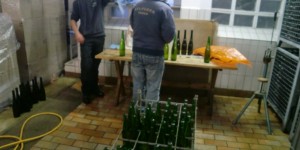
Day 17: 13/10/2011 – Another Cold Spell
There wasn’t much going on today due to the sudden return of the rainy weather. It was freezing cold. Temperature has dropped to seven degrees. In fact, weather was so bad, none of the pickers worked today so they were put on bottling duties.
Over at our end, we decided to take some time to check on the bottles of wine that we have re-corked. To our dismay, the sulphur levels were not at the level we wanted and so we had go through the trouble of taking all the corks out and re-doing everything again. This time, we did a more thorough cleaning of the bottled.
Salomon Winery - recorking
A few pressings were done but other than that, things were significantly quiet. The grapes brought in tasted more diluted but flavours were still acceptable.
In my earlier post, I talked about pressing juice and how it is usually separated from the free-run. The reason for that is that pressing juice is considered of lesser quality as compared to the free-run due to more exposure to oxidation and the flavours not being as pure as the free-run.
Apparently, the practice here at Salomon is to add a portion of the pressing with the free-run to be fermented together so as to impart more texture to the wine. Unlike other wineries that would ferment both separately and blend them later before the bottling process, Salomon has no qualms when it comes to mixing them up together as the belief is that both free-run and pressing are good enough to be put together at the initial stage.
We are looking at about 1/8 of the wine having pressings juice. Perhaps this explains the lack of overt fruity flavours of the wines compared to a new world wine that would shun pressing juice and use them only in the entry level stuff. Thus, this is one of the differences between new world and old world wine-making.
To me, this is a big shift in wine-making for someone who is more familiar with new-world wine-making and that makes me question the teaching that pressing juice is always inferior to free-run. To the old-world guys, it is less of a question of which is better but how both elements can be used to make a better wine.
At the end of the day, the blokes and I had some time off for the night so we went out for a few drinks just to unwind.
The Rain Clears
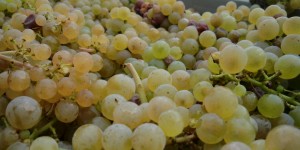
Day 16: 11/10/2011 The Rain is gone!
Today is a beautiful day. I know I said that last week but after 5 days of rain, it was good to see the sun was up, the sky was blue and the chill was gone.
There was nothing much going on today except for 10 bins of Riesling from the kögl vineyard coming in this morning. We did an average sugar measurement on the grapes and it was an average of 19.5 KMW which is about 13% alcohol. The bins of grapes went straight to the press. More aeration was being done today.
We also spent some time re-bottling the 1969 WiedenGrünerVeltliner and 1968 Goldberg Grüner Veltliner & Müller-Thurgau blend. It gets really frustrating with the old bottles when the cork breaks while taking them out. I had to clean up the black, greasy mold that has seeped into the sides of the mouth of the bottle. Wine and grease don’t mix well together. I can now understand why some people insist on decanting old wines because time in the underground cellar does impart a stench to the wines.
It was really fascinating to taste the kögl Rieslings and get a better look at them. Having skipped breakfast, I spent a good amount of time eating the different coloured grapes. If without self-restrain, I would have continued chomping down a significant part of the 2011 kögl wines. I noticed that the grapes from there came in three different colours.
The first is purple which means that the grapes are affected by botrytis. Not all botrytis grapes taste bad. If they are quite desiccated, they have a sweet raisiny taste to them. If they are not desiccated, they are sour and foul to taste.
Yellow berries on left vs green on right and some purple
The second is green. The green grapes have high acid and taste sweet. To tell if the green grapes are ripe, I would put them against the sunlight. If the light is able to penetrate through the berries, it gives me a hint of their sweetness. The berries that can’t get any light penetration taste very acidic.
Lastly are the yellow-coloured berries. I was told that the berries are yellow because of sunburn. This is sometimes frowned upon by producers because sunburn can potentially produceperceptible amounts of TDN (1,1,6-trimethyl-1,2-dihydronaphthalene) in grapes, which imparts kerosene and overly-toasty characters to young Riesling wines.
Recalling my time spent in the vineyards, I remembered that the grapes that were mostly yellow tend to be on the outer rows of the terraced vineyards rather than the inner rows. The inner rows were more sheltered from the sun compared to the outer rows. Upon tasting the yellow berries, I noticed that they had more sweetness in there and more flavor.
I love Riesling that were yellow rather than green but it is not ideal to make wine from just yellow Riesling grapes. Riesling needs acid and the green ones have more acid than the yellow ones. I think that it is best to have some yellow, some green and some good purple ones in the pressing of the grapes. The concept of balance between sweetness, acidity and flavor ripeness begins in the material going into the wine and will be reflected when it finally goes into the bottle.
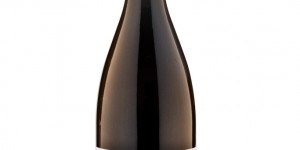
Must-Have Wines of the Lunar Year 2010 (A retrospective of standouts in the year of the tiger)
Best Discovery of the Year – Markowitsch Reserve Pinot Noir 2004
If there is any sort of ascendency to my passion for wine, I would say discovery is the pinnacle. This goes hand in hand with the question constantly asked of me, “What is your favourite wine?” To which my standard reply is, “The wine I have not tried yet”.
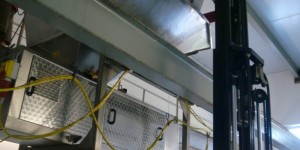
Shalom’s vintage experience continues although bad weather has meant a halt to picking so he has had a few days off, hence not day 13 or 14 reoprt, but here’s day 15… in a wet and cold Austria Read More >
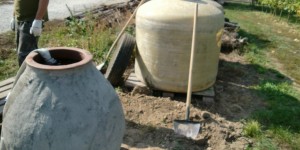
Day Twelve: 07/10/2011 Rain, rain, Go away!
The cold has set in and the miserable weather has begun. This is the first dark and gloomy day I had in Austria since arriving here two weeks ago. Temperature was as predicted, which was 12 degrees Celsius. Read More >
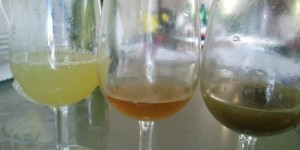
Day Eleven: Dry Ice Wonderland 06/10/2011
It was a very busy day. Early in the morning, a tanker filled with grape must rolled up at our doorsteps. The grape must has been bought to be used for the supermarket wines under another label. This wine will be sold in the UK and Poland. The must taste considerably of lesser quality in terms of flavour compared to the ones Dr. Bert brought in from his vineyards.